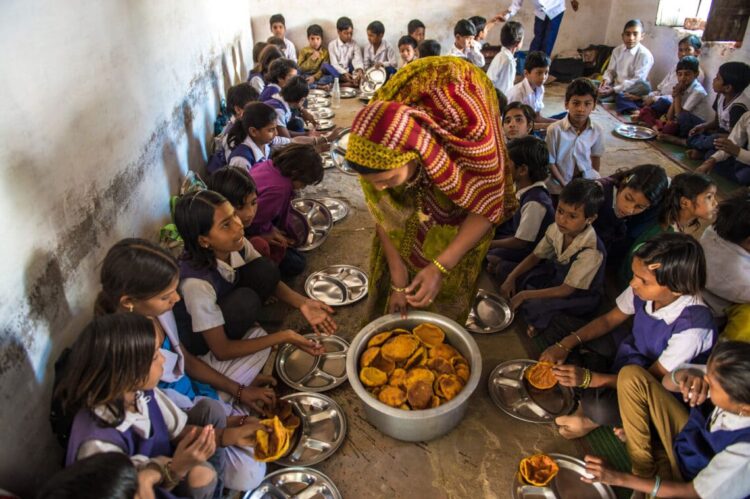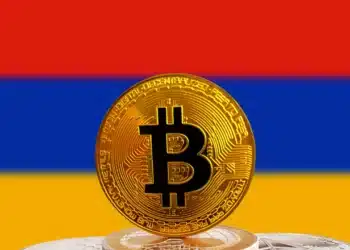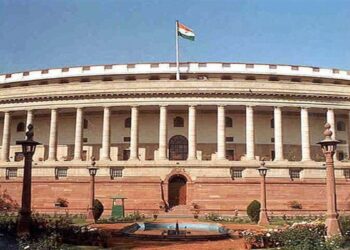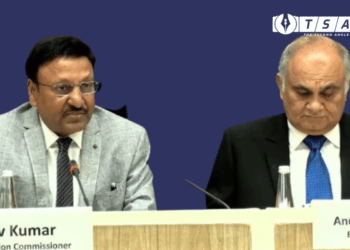On September 29, 2021, the Union Cabinet Committee on Economic Affairs (CCEA) announced the introduction of the PM POSHAN plan, which would replace the present Mid-Day Meal scheme. Despite the government’s assurances to the contrary, analysts feel the system offers nothing new other than budget reduction.
Despite NFHS-5 results showing a spike in malnutrition in India, the central government has continued to cut funding allocations for initiatives that directly affect children’s nutrition, such as the Mid-Day Meal scheme, during the epidemic. The scheme’s budget in 2014 was 13,215 crore rupees, while it will be 11,500 crore rupees in 2021. When inflation is taken into account, the allocation is reduced by 38%. The central government’s new PM POSHAN allocation is 10,812 crore rupees per year, which is 5.9% less than the present allocation.
The expenses incurred under the plan will continue to be split 60:40 between the federal and state governments. According to the administration, the scheme will be expanded to include children learning in Bal Vatikas. However, under the Integrated Child Development Scheme (ICDS) and the National Food Security Act, these kids are already entitled to a hot prepared lunch (NFSA).

It suggests including Farmer Producer Organizations (FPOs) and Women’s Self-Help Groups (SHGs) in the execution of the scheme under Atma Nirbhar Bharat (self-reliant India) in an effort to encourage local economic growth by using locally grown traditional food products. It also intends to establish School Nutrition Gardens, with the crop being used to give ‘extra micro-nutrients.’
For increased accountability, district-level social audits have been made mandatory under the plan. Students from universities and trainee teachers from Regional Institutes of Education (RIE) and District Institutes of Education and Training (DIET) will track the scheme’s progress on the field visits.
What exactly is PM POSHAN?
The Pradhan Mantri Poshan Shakti Nirman (PM POSHAN) is a modified version of the existing National Scheme for Mid-Day Meals in Schools, which offers one hot prepared meal for all children in government and government-aided schools in classes 1 to 8.
PM POSHAN was launched by the Cabinet Committee on Economic Affairs (CCEA) on September 29, 2021.
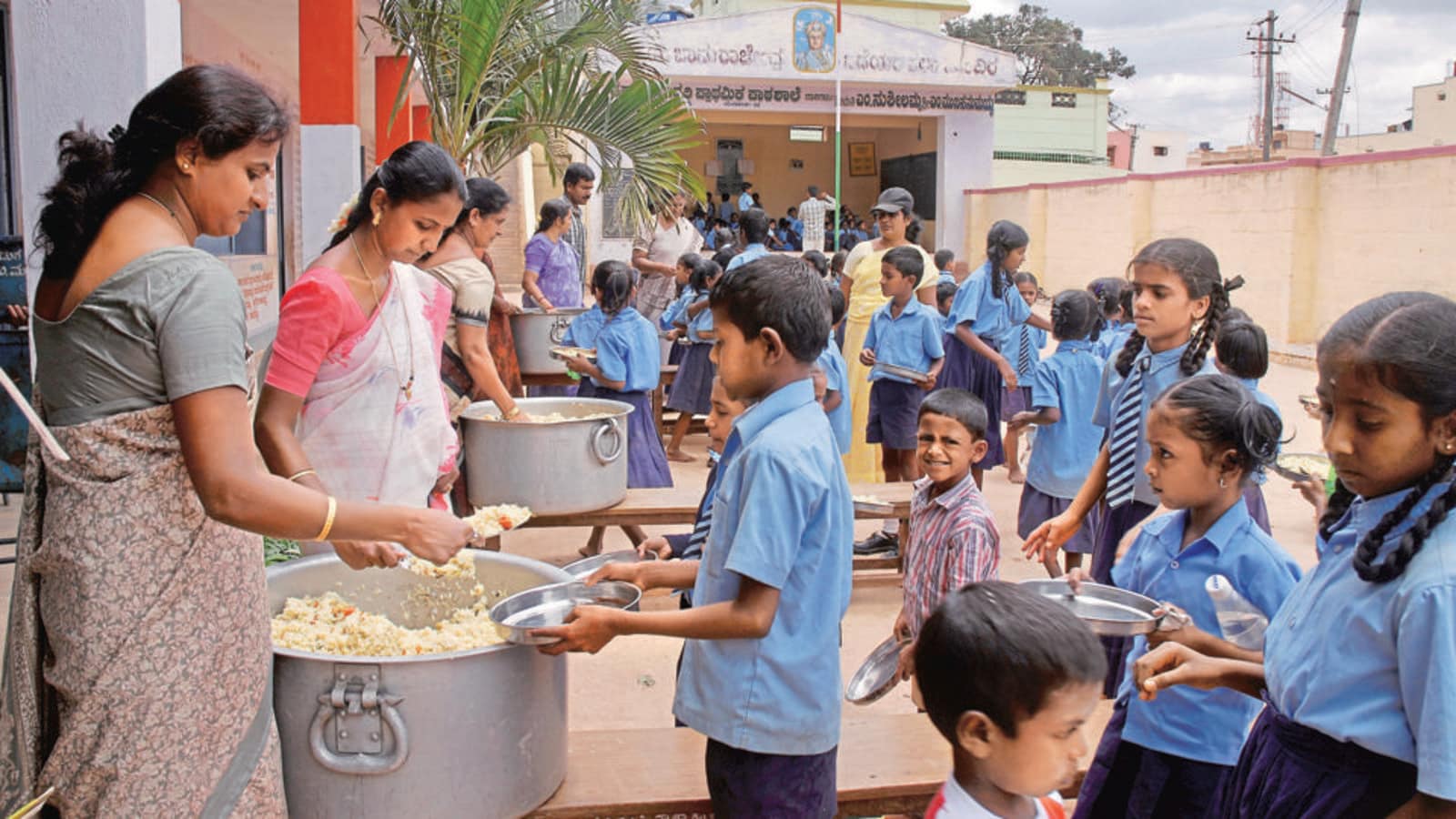
Budget Cuts Across the Board
The central government has been slashing resources for the Mid-Day Meal programme since 2014. The scheme’s updated budget estimate for 2020-21 was 12,900 crore rupees. However, the allocation for 2021 is 10.6% smaller than expected.
The Centre has proposed spending 10,812 crore rupees per year under PM POSHAN. This is a 5.9% reduction from the present allocation of Rs 11,500 crore.
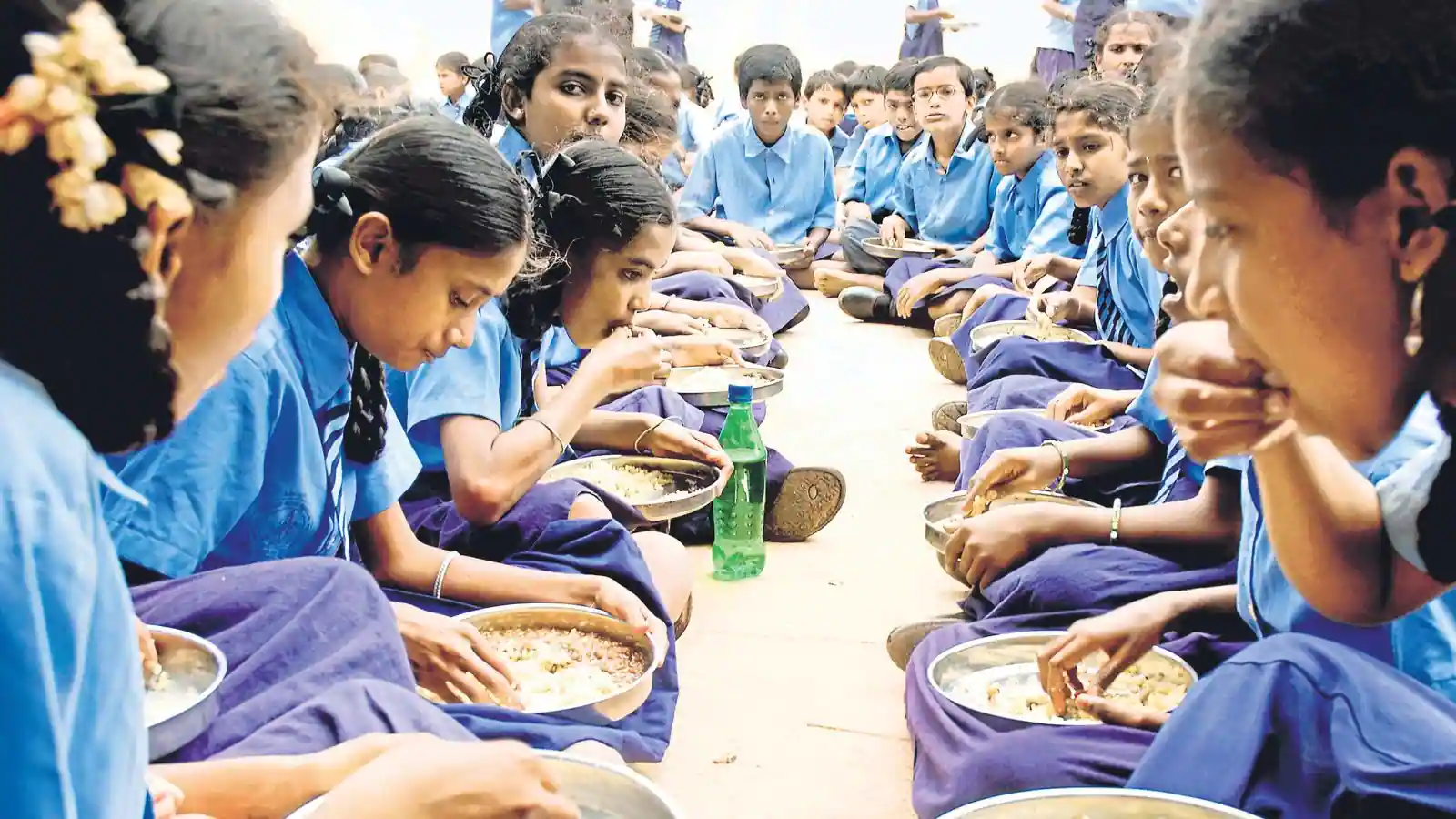
The new beneficiaries who have been added to the programme are already receiving meals through ICDS and NFSA. There are a number of tangible recommendations for increasing the quality of the midday meal, including the provision of a breakfast meal, which the Ministry of Education, suggested as part of the National Education Policy (NEP). As a result, they may have included breakfast in the plan, or perhaps an egg or milk in the supper.
India’s Hunger and Malnutrition Crisis On the Global Hunger Index ranks 101 out of 116 countries.
While COVID-19 wreaked havoc, the Union Budget 2021 reduced budgetary resources for many government initiatives that directly affect nutrition. The Integrated Child Development Scheme (ICDS), midday meals, and maternity benefits are all examples of these programmes.
Also Read: Analysis Of Swachh Bharat Abhiyan 2.0


